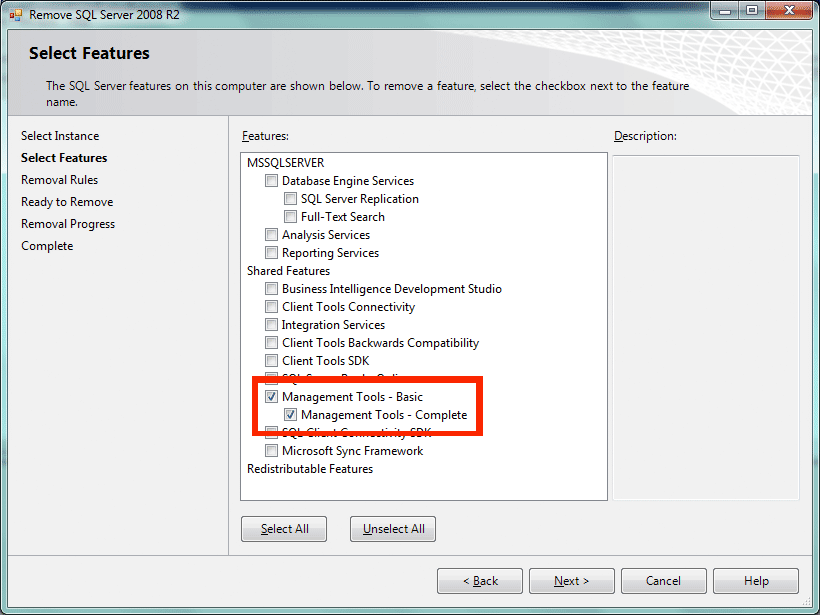Go to Programs and Features, select SQL Server 2008 R2, uninstall, and then the Remove option (people tend to panic that this will just remove everything without further input, but this merely launches a wizard):
After this, you will be guided through a wizard much like installation. On the Select Instance screen, select the "remove shared components, thenfeatures only" option:
Then you will get to this screen, where you can select just the management tools:
Though, I don't know why you don't just leave them there. They don't take up an inordinate amount of space, and you never know when you may have to use them (e.g. to manage an SSIS package or maintenance plan from your 2008 R2 instance).
(Also, the astute observer will note that these screen shots all came from different operating systems - I swiped them from the Internet.)



